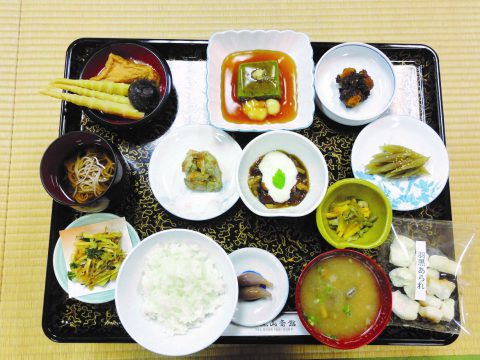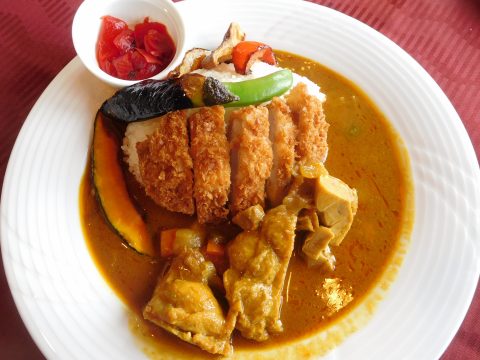Tachigui Bar in Japan-立ち喰い₋
JAPANESE FOODS
13.11.2019
Tachigui Bar in Japan -立ち喰い‐
Standing restaurants and standing bars are known as tachigui and tachinomi in Japan. They are dining establishments where customers stand and eat instead of sitting down. They intrigue me as they are relatively common in big cities in Japan (but still a niche) while appearing quite strange to foreigners. Although you can find standing bars outside of Japan as well, the Western standing bars’ atmosphere is very different from their Japanese counterpart, which I would explain later.
Standing restaurants’ biggest selling point is convenience. During Japan’s post-war economic miracle, urbanization and long working hours caused many salaried workers to seek quick meals on the go. It is considered rude to eat while you walk on the streets in Japan, which is why you almost never see vending machines selling food. In America, the country known for fast food, businessmen can grab something quick at a food stand on the streets and eat on their way to work. But since this is not socially acceptable in Japan, standing restaurants fulfill this niche.

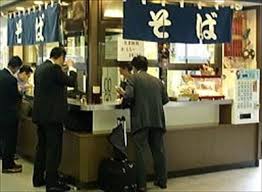
Noodle shops are the most traditional form of standing restaurants. Now, sushi and tempura shops are popular forms as well. For the restaurant owners, by not having chairs, they can have more costumers dining at the same time. Also, most costumers would surely not linger around too long in a standing restaurant, which ensures people do not have to wait in line for a long time to get into the restaurant. Recently, standing restaurants have expanded into more high-end dining, for example serving French and Italian cuisine. Ikinari Steak is a successful standing restaurant chain with over 100 locations in Japan that serve high-quality beef steaks at unusually affordable prices. It is appealing to many people of modest income as they can try out gourmet dishes without breaking their bank. In turn, Ikinari Steak is able to cut down the price because they accommodate more customers in a limited space thanks to not having chairs, and cutting costs on many additional services that high-end restaurants usually offer.
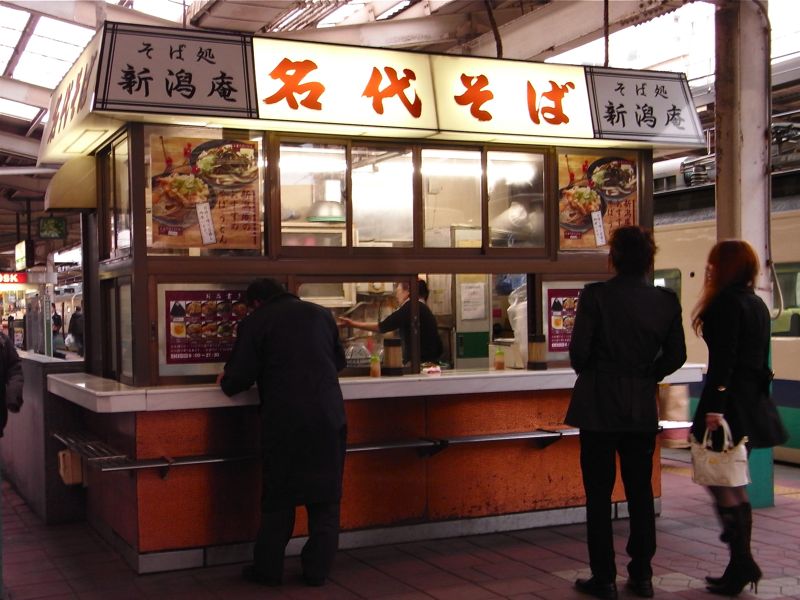
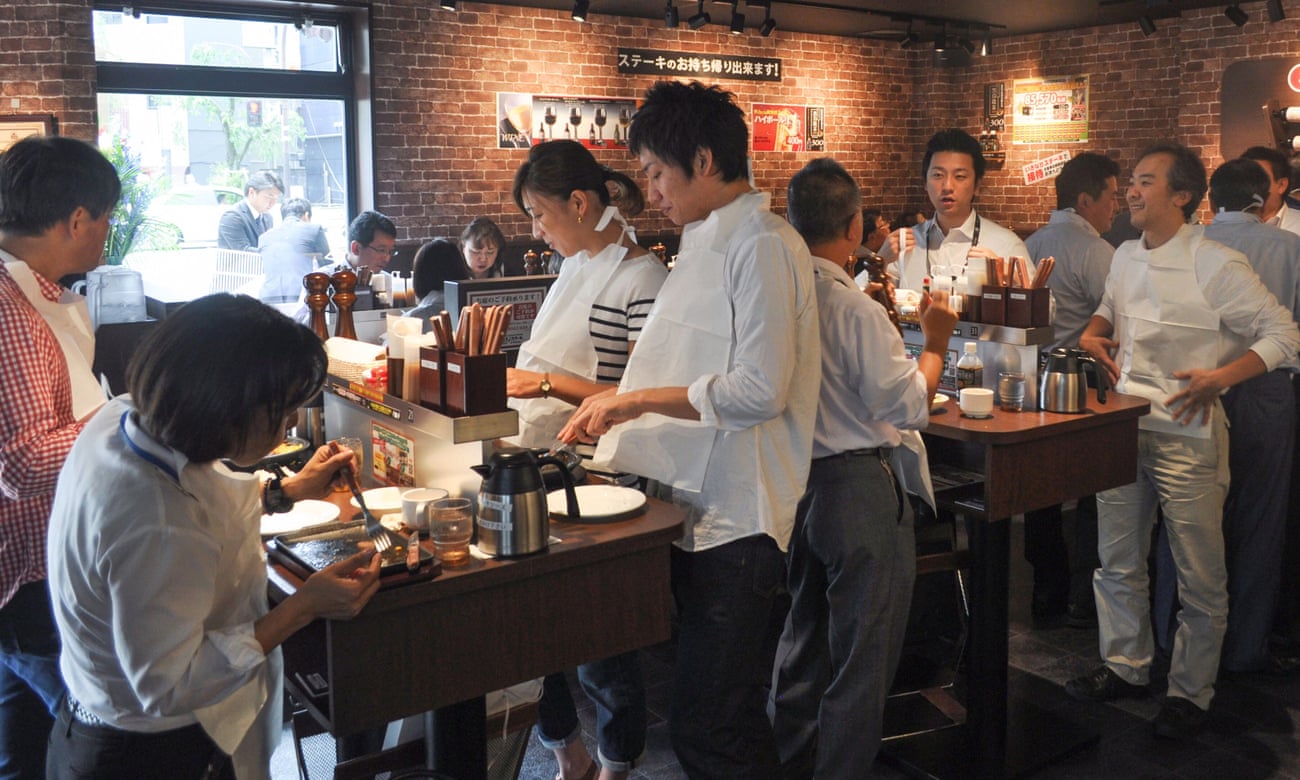
On the other hand, standing bars in Japan are quite different in purpose. Since Japan has a strong after-work drinking culture, coworkers would often first go get a quick drink at a standing bar before going to a more proper Izakaya for the main event of the night. These bars also cater towards businessmen who just want a quick drink to relax after work and before going home.
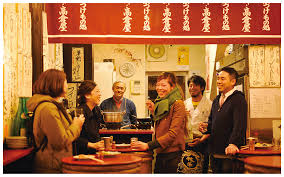
Overall, I find the standing restaurant/bar culture a particular Japanese phenomenon that is difficult to spread to other countries.

